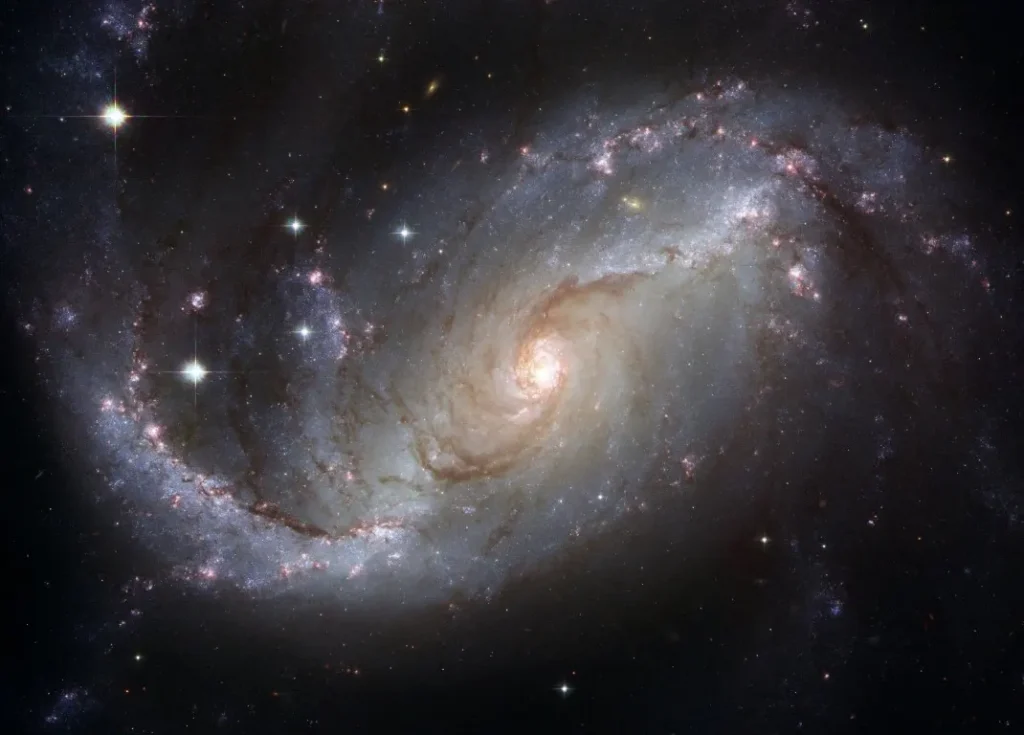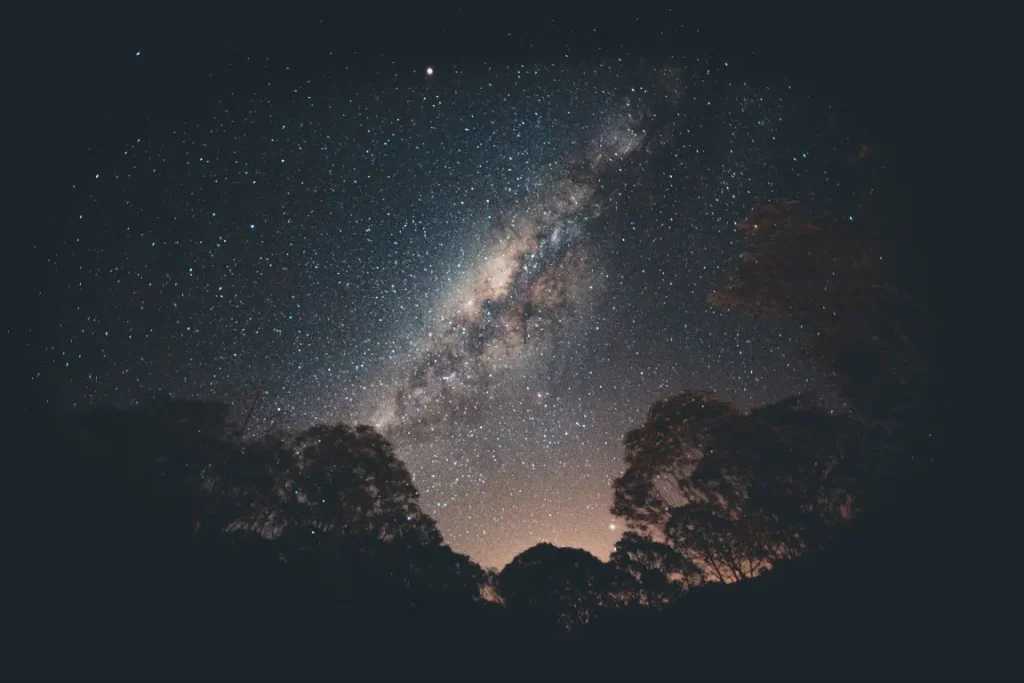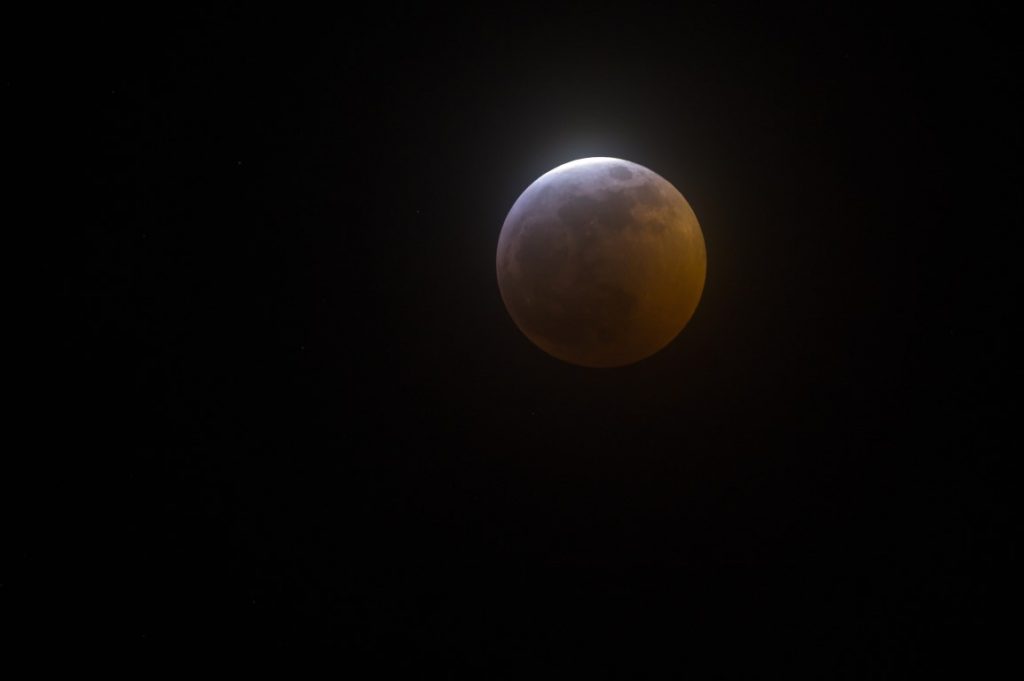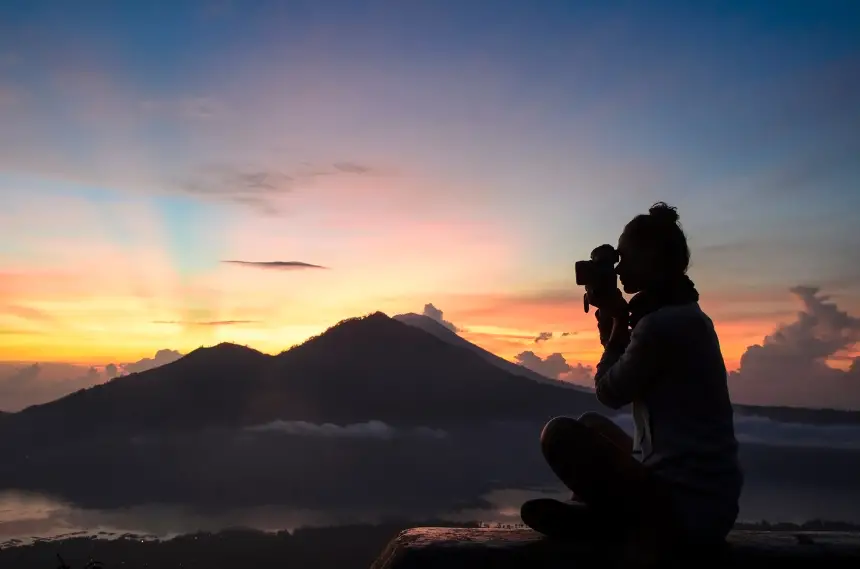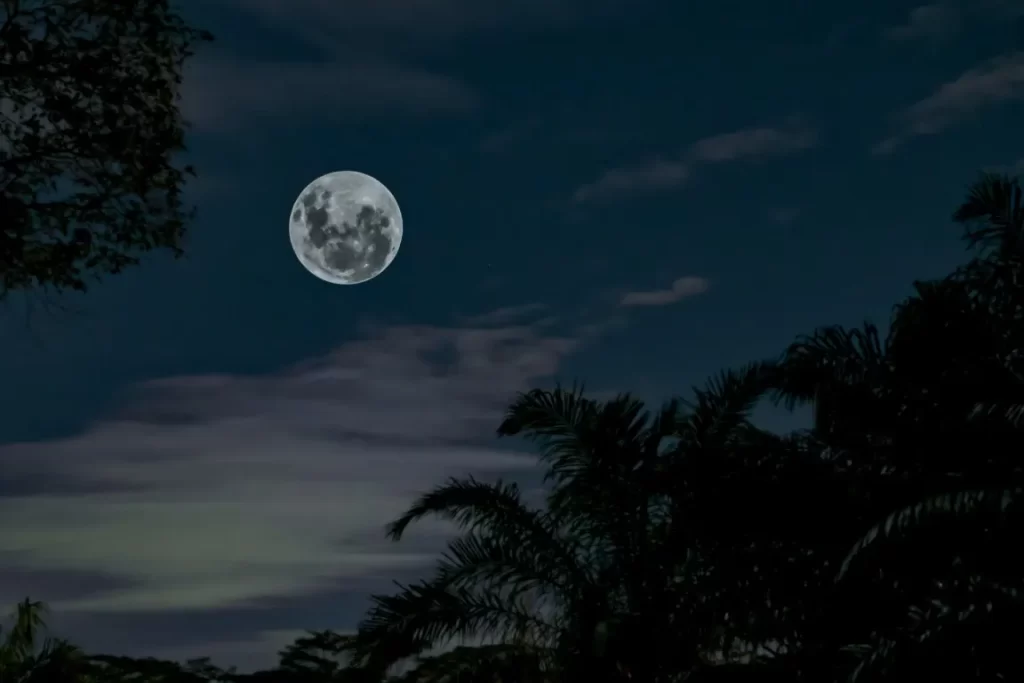
Embarking on the journey of astrophotography requires more than just passion; it demands the right equipment.
Knowing about the intricacies of cameras tailored for astrophotography is paramount. Today, I’ll zero in on mirrorless cameras, a game-changer in the realm of celestial photography.
By the way, if you want, you can learn all the equipment that want for astrophotography using my previous article on astrophotography equipment for beginners.
These mirrorless cameras, with their unique attributes, have carved a niche in capturing the night sky’s wonders.
In this article, I’ll unravel the significance of choosing the right mirrorless camera, its advantages, and how to harness its potential for breathtaking astrophotography.
Here some of my favorites are also included.
- Sony A7R IV – Excel in Capturing Nuances from Shadows to Highlights and Versatile for All-Around Photography.
- Nikon Z6 II – Excellent in dim conditions and resilient against all-weather elements and dust.
So, let’s start.
Why Mirrorless Cameras?
In the ever-evolving world of photography, mirrorless cameras have become a preferred choice for many, especially in specialized fields like astrophotography. But what sets them apart from their DSLR counterparts?
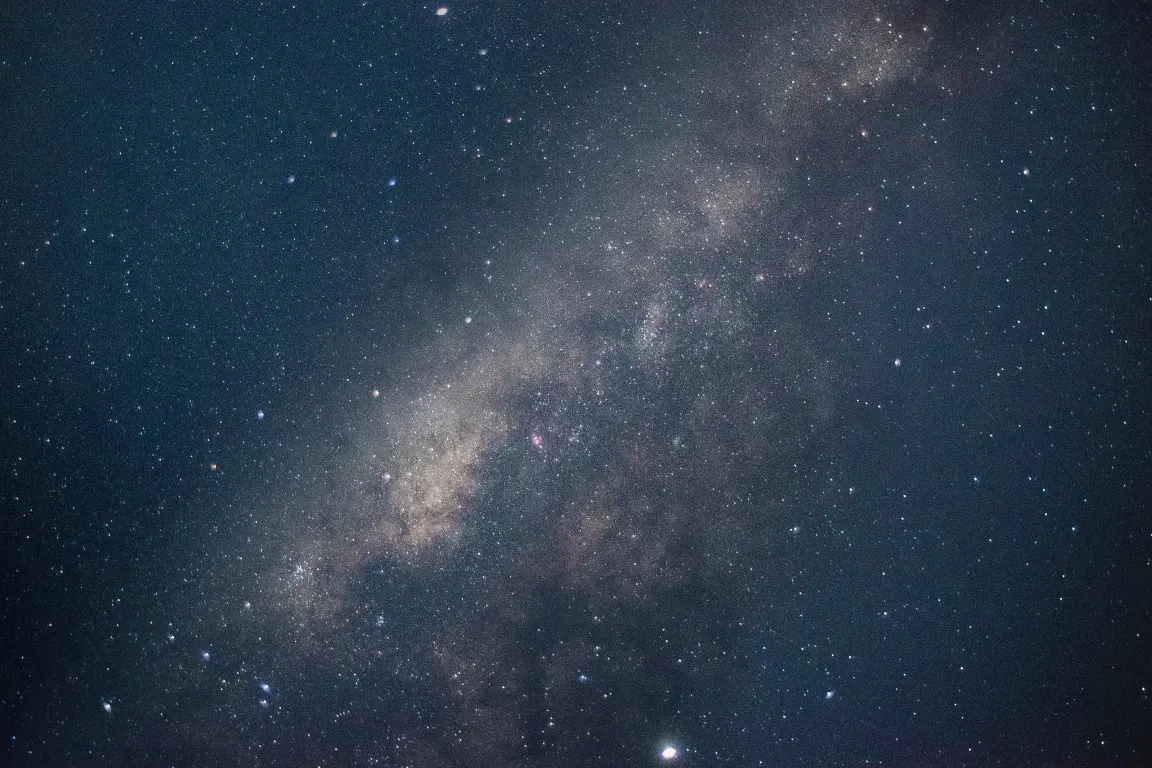
Advantages Over DSLRs:
Size & Weight: Mirrorless cameras, devoid of the mirror mechanism, are typically lighter and more compact, making them ideal for night-long stargazing sessions and treks to remote locations.
Live View: The electronic viewfinder (or EVF) provides a real-time digital display, allowing for immediate feedback and more accurate adjustments, crucial for capturing celestial bodies.
Reduced Camera Shake: The absence of a mirror flipping up and down minimizes internal vibrations, ensuring sharper images of stars and planets.
Faster Shooting Speeds: With no mirror to move out of the way, mirrorless cameras often boast faster continuous shooting speeds, perfect for capturing meteor showers or satellite passes.
Technological Advancements
Enhanced Sensor Technology: Modern mirrorless cameras come equipped with advanced sensors that excel in low light conditions, capturing clearer and brighter images of the night sky.
Silent Shooting Modes: This feature eliminates any noise, making it easier to capture wildlife at night without disturbances.
Improved Autofocus: The on-sensor phase detection in mirrorless cameras offers faster and more accurate autofocus, even in dim conditions.
Adaptability: Mirrorless cameras offer greater compatibility with various lenses and adapters, allowing astrophotographers to customize their setup for optimal celestial imaging.
Incorporating these advancements and advantages, mirrorless cameras have carved a significant niche in astrophotography, offering both amateurs and professionals a tool that aligns with the demands of capturing the universe’s wonders.
Top Mirrorless Cameras for Astrophotography
Astrophotography requires a blend of precision, durability, and adaptability.
With the rise of mirrorless cameras, astrophotographers now have a range of options that cater specifically to their needs.
Let’s delve into some of the top mirrorless cameras for astrophotography, examining their specifications and performance.
- Sony A7R IV
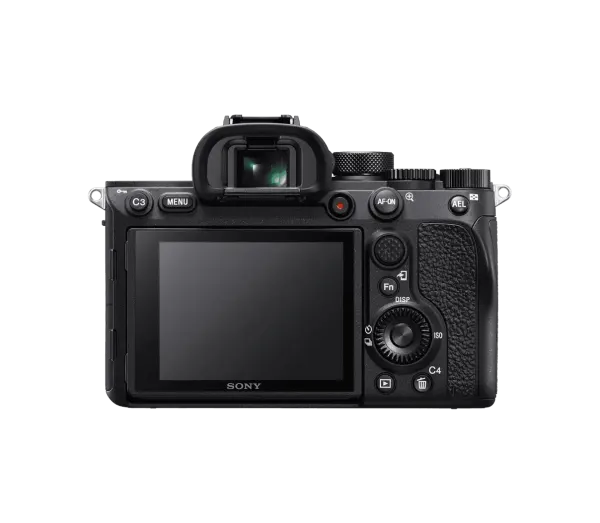
According to my experience, I highly recommend the Sony A7R IV mirrorless camera for your astrophotography journey.
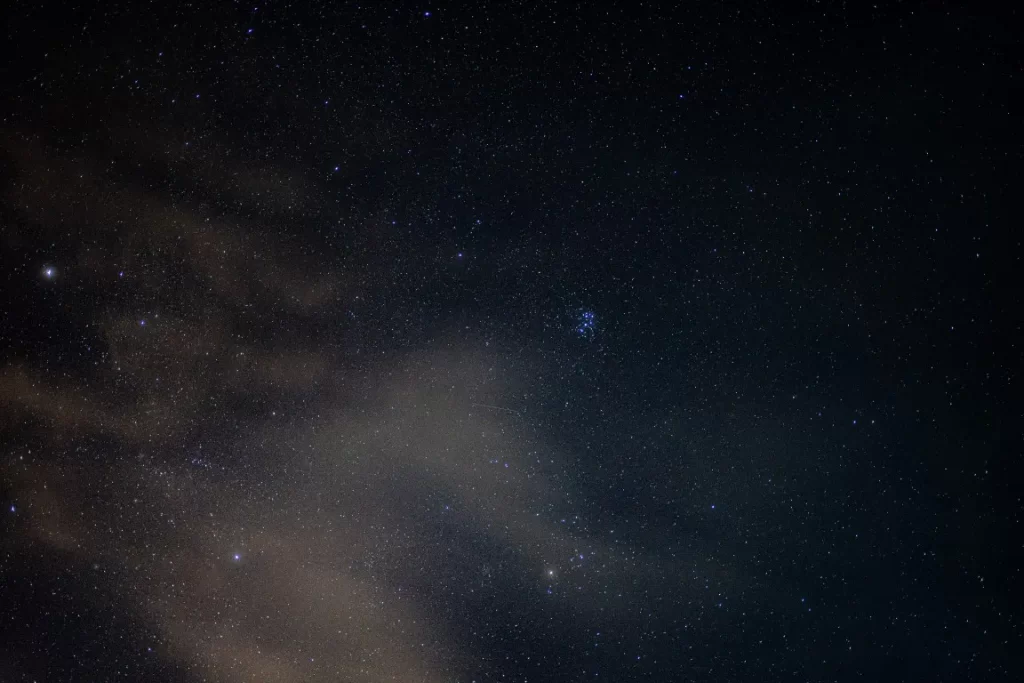
Specifications: 61MP full-frame sensor, 10fps continuous shooting, 5-axis in-body stabilization.
Performance in Low Light: Exceptional noise reduction even at high ISO settings, ensuring crisp star shots.
Battery Life and Durability: Approximately 670 shots per charge; robust build with weather-sealing.
Compatibility: Wide range of lenses suitable for astrophotography, including ultra-wide-angle options.
User Experience: “The A7R IV’s sensor captures the night sky with a clarity I’ve never seen before.” – Alex, amateur astrophotographer.
Pros: High resolution, excellent low-light performance, robust build.
Cons: Premium price point, heavier compared to other mirrorless models.
As well as I have provided a complete guide on the Sony A7 series for astrophotographers. By reffering my article on Sony A7 for astrophotography you can get idea about that
- Canon EOS R6
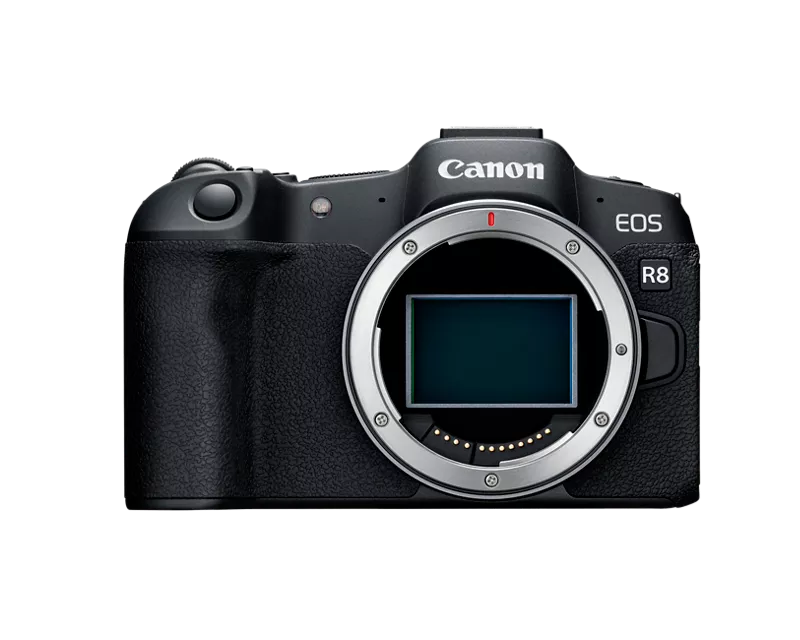
One of another mirrorless camera that can your astrophotography is Canon EOS R6.
Specifications: 20MP full-frame sensor, 12fps (mechanical shutter) / 20fps (electronic shutter), 5-axis in-body stabilization.
Performance in Low Light: Impressive details in shadows and highlights, making it suitable for Milky Way shots.
Battery Life and Durability: Around 510 shots per charge; weather-sealed construction.
Compatibility: Compatible with Canon’s RF lenses and, with an adapter, the vast range of EF lenses.
User Experience: “The EOS R6 has transformed my astrophotography with its impeccable low-light capabilities.” – Priya, astrophotography enthusiast.
Pros: Fast autofocus, excellent image stabilization, versatile lens compatibility.
Cons: Lower resolution compared to competitors, limited native lens selection.
- Nikon Z6
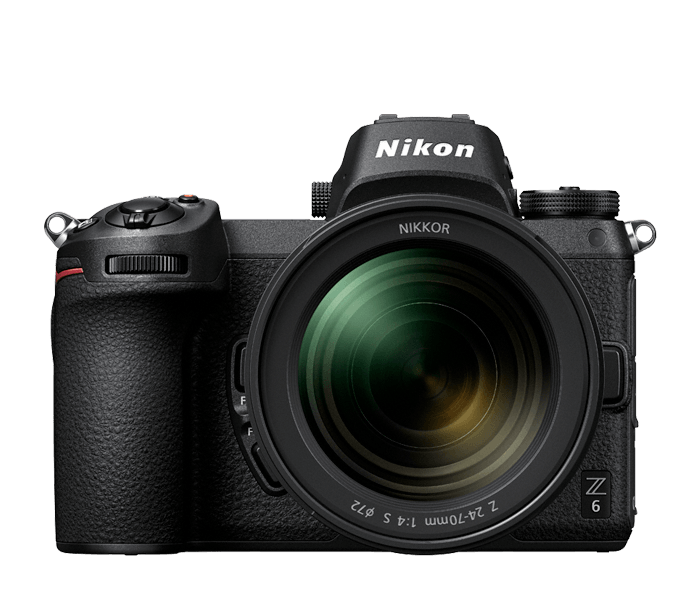
For Nikon users, I recommend Nikon Z6 as good choice for astrophotography
Specifications: 24.5MP full-frame sensor, 12fps continuous shooting, 5-axis in-body stabilization.
Performance in Low Light: Remarkable clarity and color accuracy in dim conditions.
Battery Life and Durability: Up to 310 shots per charge; sturdy build with weather resistance.
Compatibility: Growing range of Z-mount lenses, with an adapter for F-mount lenses.
User Experience: “The Z6 offers a balance of performance and price, making it a favorite for my night sky shoots.” – Diego, professional astrophotographer.
Pros: Balanced price-to-performance ratio, ergonomic design, high-quality video capabilities.
Cons: Limited battery life, fewer native lens options.
- Panasonic Lumix S1R
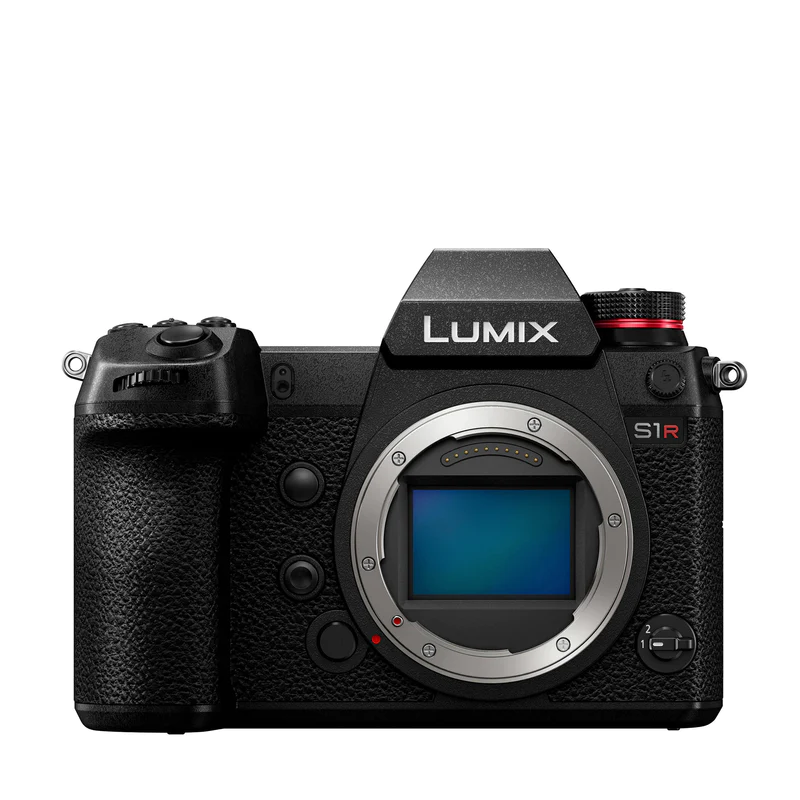
The Panasonic Lumix S1R, a gem in the Lumix lineup, is a force to be reckoned with in the realm of astrophotography. Tailored for those who refuse to compromise on image quality, the S1R ensures that every celestial moment is captured with precision and clarity.
Let’s delve into what makes the Lumix S1R a top contender for night sky enthusiasts.
Specifications: 47.3MP full-frame sensor, 9fps continuous shooting, 5-axis in-body stabilization.
Performance in Low Light: Delivers detailed images with minimal noise, even at higher ISOs.
Battery Life and Durability: Approximately 380 shots per charge; rugged design with weather-sealing.
Compatibility: L-mount lens system with options from Panasonic, Leica, and Sigma.
Pros: High-resolution sensor, robust build, versatile lens compatibility.
Cons: Heavier body, slower autofocus in very low light.
- Sony a6600
The Sony a6600, a shining star in Sony’s illustrious Alpha series, promises astrophotographers a blend of performance and portability.
Designed with the cosmos in mind, this camera also captures celestial wonders with precision and clarity.
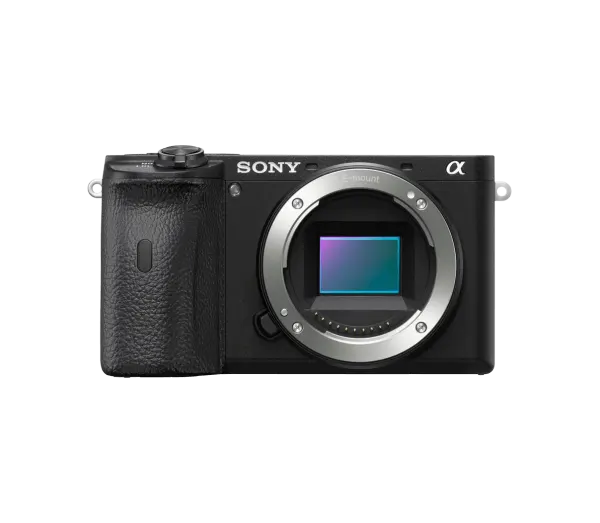
Specifications: The Sony a6600 boasts a 24.2MP APS-C Exmor CMOS sensor, ensuring crisp and detailed images. With a continuous shooting speed of up to 11fps, capturing fast-moving celestial objects becomes a breeze.
Performance in Low Light: The camera’s BIONZ X image processor, combined with the sensor, offers excellent low-light performance. This ensures that astrophotographers can capture the night sky with minimal noise and maximum detail.
Battery Life and Durability: One of the standout features of the a6600 is its Z-series battery, which offers a significantly longer battery life compared to its predecessors. This is especially beneficial for extended astrophotography sessions. The camera also features a robust magnesium alloy body with weather-sealing, making it resistant to dust and moisture.
Compatibility: The a6600 is part of Sony’s E-mount system, making it compatible with a wide range of lenses. This versatility allows astrophotographers to choose the perfect lens for their specific needs.
Pros: Compact design, impressive autofocus capabilities, extended battery life, and excellent image stabilization.
Cons: Some users have pointed out the lack of a front dial and the camera’s menu system, which can be a bit complex for newcomers.
- Fujifilm X-T4
The Fujifilm X-T4, a jewel in Fujifilm’s esteemed X-series, stands as a beacon for astrophotographers seeking a harmonious blend of technology and artistry. For those considering an investment in this camera, it promises to transform night sky captures into celestial masterpieces with meticulous attention to detail.
Specifications: 26.1MP APS-C sensor, 15fps continuous shooting, 5-axis in-body stabilization.
Performance in Low Light: APS-C sensor delivers vibrant and clear images under starry skies.
Battery Life and Durability: Up to 500 shots per charge; weather-resistant design.
Compatibility: Extensive range of X-mount lenses.
Pros: Compact design, fast continuous shooting, film simulation modes.
Cons: APS-C sensor (smaller than full-frame), limited battery life compared to competitors.
- Sony A1
The Sony A1 stands as a pinnacle in Sony’s camera lineup, offering astrophotographers unmatched precision and speed. Dive into its features to discover why it’s a celestial favorite.
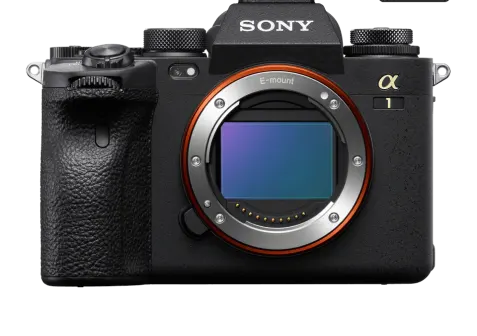
Specifications: The Sony A1 is a powerhouse, boasting a 50.1MP full-frame Exmor RS CMOS sensor. This ensures that photographers capture every detail with precision. The camera also offers a staggering 30fps continuous shooting speed with the electronic shutter, making it one of the fastest mirrorless cameras on the market.
Performance in Low Light: The A1’s BIONZ XR image processor, combined with its high-resolution sensor, ensures exceptional low-light performance. This is crucial for astrophotographers who often work in challenging lighting conditions.
Battery Life and Durability: The Sony A1 features a robust build with weather-sealing, ensuring it can withstand the rigors of outdoor photography. Its battery life is commendable, allowing photographers to shoot for extended periods without frequent battery changes.
Compatibility: The A1 is part of Sony’s E-mount system, ensuring compatibility with a wide range of high-quality lenses. This versatility is a boon for photographers looking to capture the cosmos in all its glory.
Pros: High-resolution imaging, rapid continuous shooting, advanced autofocus capabilities, and a robust build.
Cons: Given its advanced features and flagship status, the A1 comes with a premium price tag. Some users might also find the menu system a bit complex.
- Canon EOS R8
Building upon Canon’s illustrious EOS R series, the hypothetical EOS R8 emerges as a beacon of anticipation for astrophotographers. If realized, this camera would seamlessly blend Canon’s tradition of excellence with next-gen features, setting the stage for celestial masterpieces.
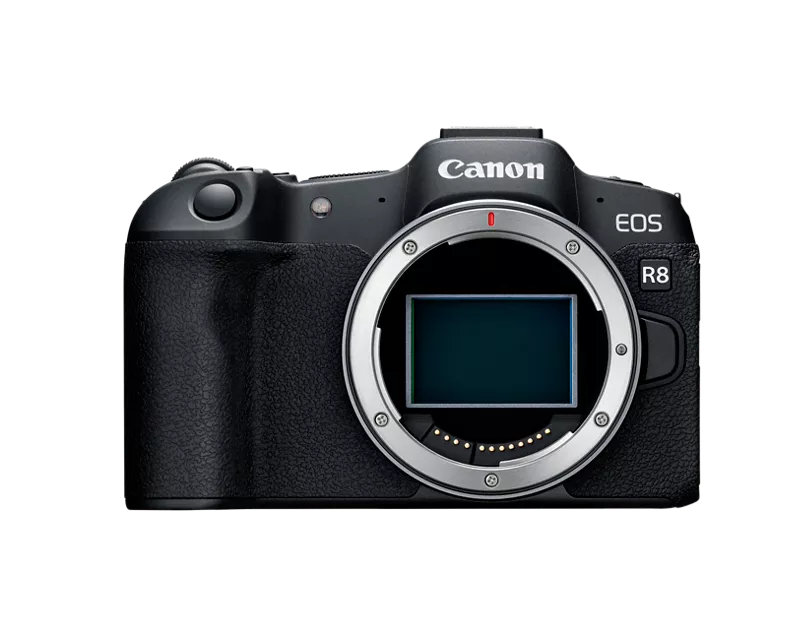
Specifications: The Canon EOS R8, if it exists in Canon’s lineup, would likely feature a state-of-the-art sensor ensuring high-resolution images. Canon’s EOS R series is known for its advanced imaging capabilities, so one can expect the R8 to be no exception.
Performance in Low Light: Canon’s EOS R cameras are renowned for their exceptional low-light performance, making them ideal for astrophotography. The R8 would likely have advanced noise reduction capabilities to ensure clear images even in challenging lighting conditions.
Battery Life and Durability: Canon’s mirrorless cameras are designed for extended shooting sessions, with durable batteries. Additionally, the EOS R series typically features a robust build with weather-sealing to protect against the elements.
Compatibility: Being part of Canon’s RF-mount system, the R8 would be compatible with a range of high-quality RF lenses, offering photographers versatility in their shooting options.
Pros: Advanced imaging capabilities, robust build, compatibility with RF lenses, and user-friendly design.
Cons: As with any camera, potential limitations could include weight, price, or specific missing features, depending on the photographer’s needs.
- Nikon Z8
When it comes to the Nikon Z8 mirrorless camera, it also has specific features that suit astrophotography.
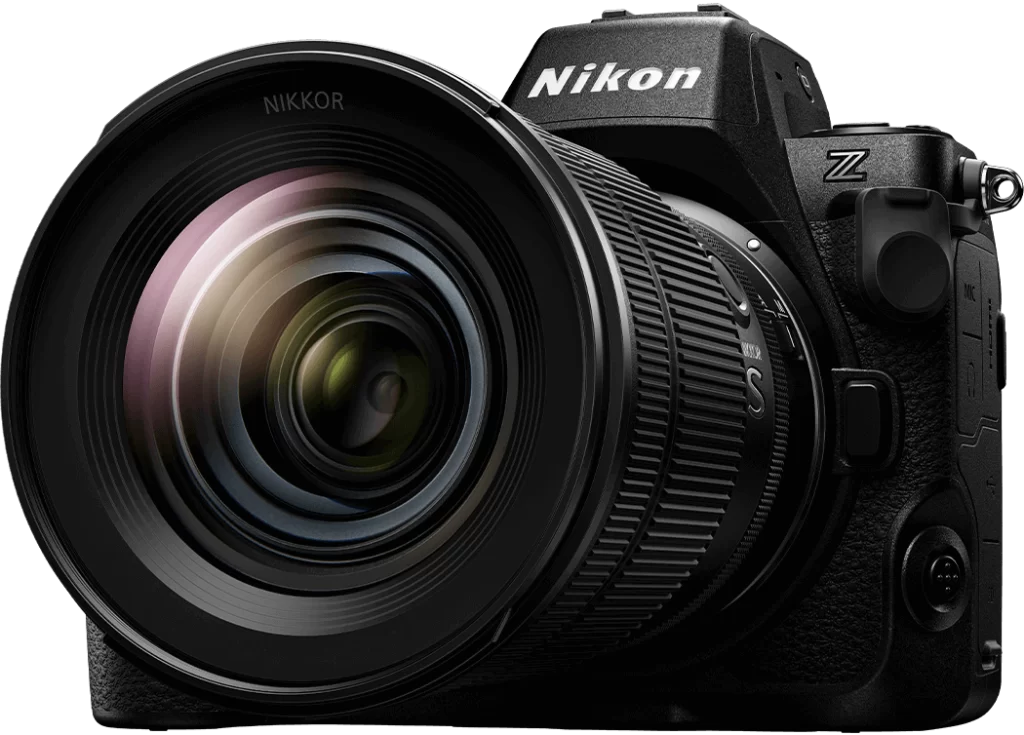
Specifications: The Nikon Z8, if it exists in Nikon’s lineup, would likely be a flagship model boasting a high-resolution sensor, ensuring detailed and vibrant images. Nikon’s Z series is known for its cutting-edge imaging capabilities, and the Z8 would be expected to push these boundaries further.
Performance in Low Light: Nikon’s Z cameras are renowned for their exceptional low-light performance, making them ideal for astrophotography and other challenging lighting conditions. The Z8 would likely feature advanced noise reduction capabilities, ensuring clear images even in dim environments.
Battery Life and Durability: Nikon’s mirrorless cameras are designed with the needs of professional photographers in mind. The Z8 would likely have a robust build with weather-sealing, ensuring it can withstand the elements and the rigors of professional use. Its battery life would be optimized for extended shooting sessions.
Compatibility: Being part of Nikon’s Z-mount system, the Z8 would be compatible with a range of high-quality Z lenses, offering photographers a wide array of creative possibilities.
Pros: Advanced imaging capabilities, robust build, compatibility with Z lenses, and user-friendly design.
Cons: As a hypothetical flagship model, the Z8 might come with a premium price tag. Some users might also desire specific features or improvements over previous models
What are the factors to consider when choosing a mirrorless camera for astrophotography?
Astrophotography is a specialized field, and not every camera is up to the task. When diving into the world of mirrorless cameras for capturing the cosmos, several factors come into play. Here’s a breakdown of what to consider:
Sensor Size and Quality: A larger sensor can capture more light, which is crucial for astrophotography. Full-frame sensors are often preferred, but APS-C sensors can also deliver impressive results.
Low-Light Performance: The camera’s ability to perform in low-light conditions, often measured by its ISO range and noise reduction capabilities, is paramount. Look for cameras that produce minimal noise at higher ISO settings.
Lens Compatibility: The lens plays a significant role in astrophotography. Ensure the camera is compatible with fast, wide-angle lenses, which are ideal for capturing vast celestial landscapes.
In-Body Stabilization: This helps in reducing camera shake, especially during long exposures, ensuring sharper images of stars and celestial events.
Battery Life: Extended shooting sessions under the night sky demand a camera with a long battery life. It’s essential to choose a camera that won’t die midway through a meteor shower.
Build and Durability: Outdoor photography sessions can expose the camera to various elements. A robust build with weather-sealing is crucial to protect against dew, dust, and unexpected showers.
Electronic Viewfinder (EVF): An EVF that provides a clear and bright view, even in dark conditions, can be immensely helpful in framing and focusing on stars.
Manual Controls: Easy access to manual settings like ISO, shutter speed, and aperture is essential, as astrophotography often requires fine-tuning to get the perfect shot.
Price Point: While it’s tempting to go for high-end models, it’s essential to balance the features you need with your budget. Sometimes, mid-range cameras can offer excellent value for their cost.
User Reviews and Recommendations: Before making a purchase, it’s always a good idea to check reviews from other astrophotographers. Their hands-on experience can provide insights that spec sheets might miss.
Conclusion
In this article, the allure of astrophotography and the pivotal role of mirrorless cameras were explored. Highlighting their advantages over DSLRs, the discussion spanned from top camera recommendations like the Sony A7R IV to essential factors for selection.
As the night sky beckons, armed with this knowledge, may every astrophotographer’s endeavors capture the universe’s breathtaking beauty.
Justin Parker is a professional photographer and has been in the industry since 2007. He attended the University of Georgia. Justin combines his passion for photography and his interest in writing to give life to this blog which talks about photography in order to help and inspire young photographers.

